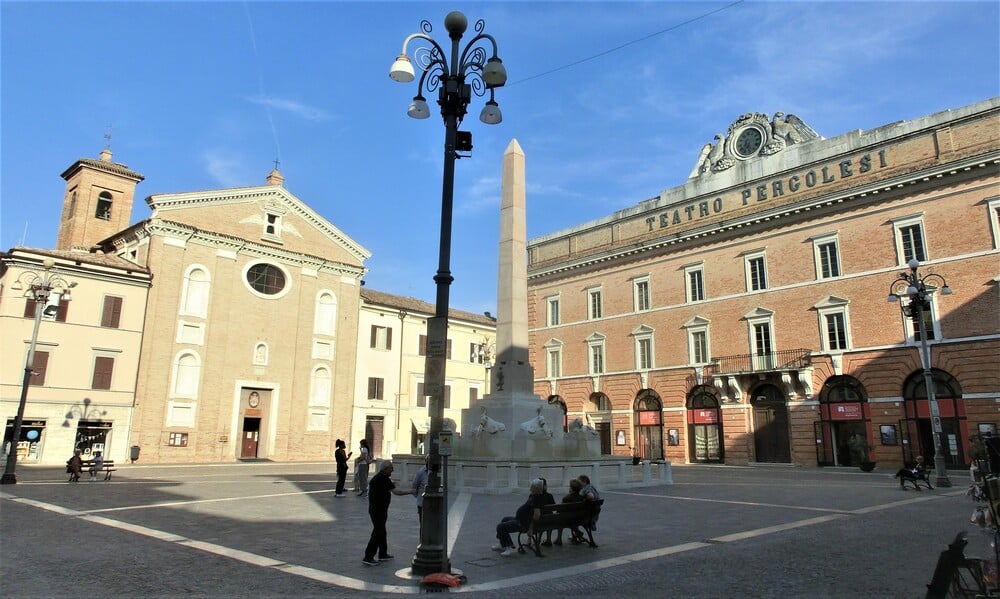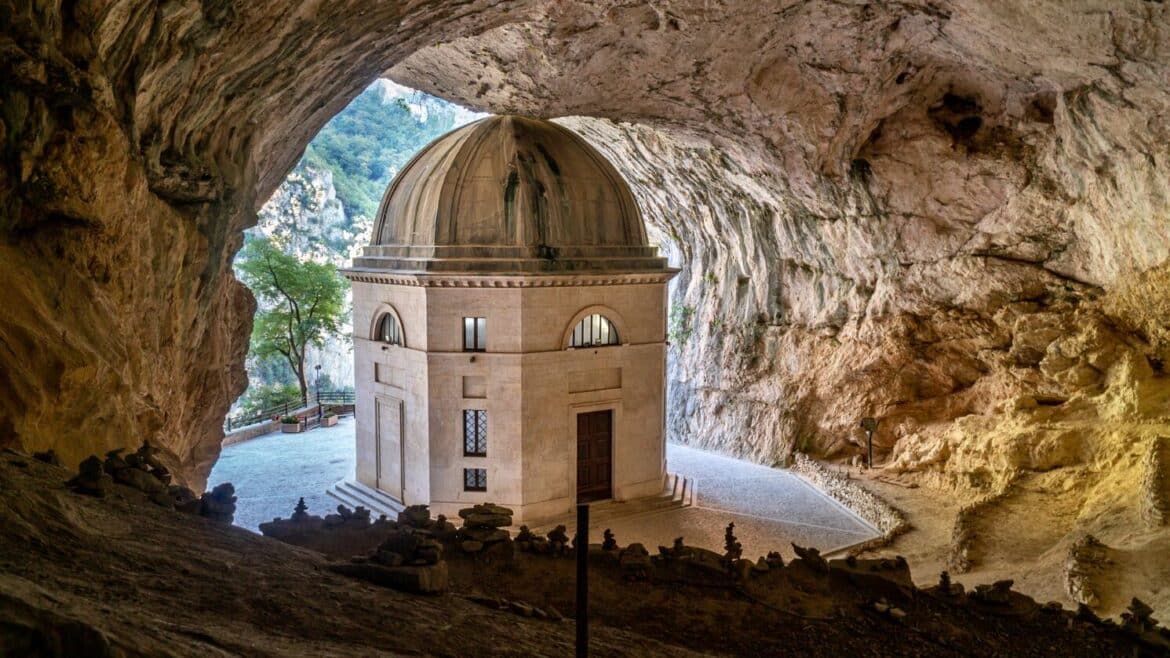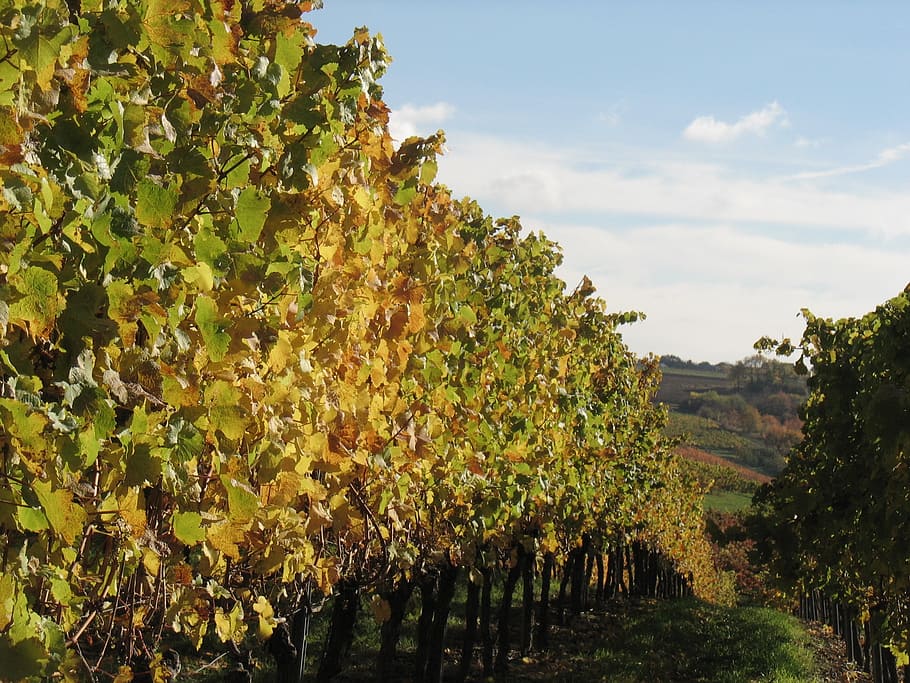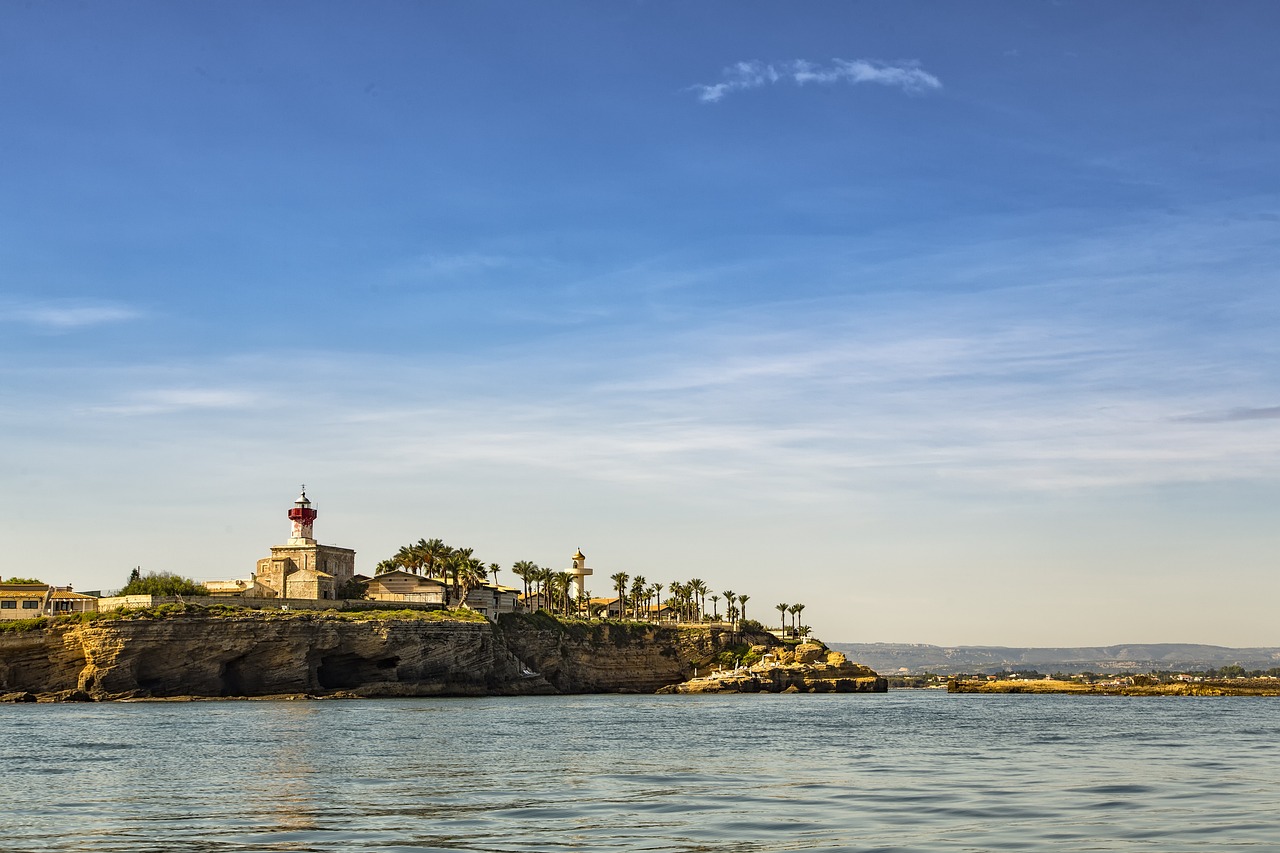All Italians should get to know the heart of Italy, the beautiful region of Le Marche. It’s an area that offers so much, from wine and food, to countryside and culture.
I love wines, pretty towns and places that are shrouded in a veil of mystery, so, for me, the Verdicchio areas are the perfect part of Le Marche.
The area is less crowded, yet it’s so interesting; it’s ideal for wine lovers and for people who just want to relax. I’ve fallen in love with the area, walking in pretty towns, tasting Verdicchio wines and getting completely immersed in fields of sunflowers.
So, I’m going to give you some ideas for how to spend two days – perhaps a weekend – in one the most delightful areas of Le Marche. It’s a short but sublime road trip that you can do easily by electric car. In fact, this area is teeming with Plenitude + Be Charge charging points, so you can drive around pretty comfortably in your electric car.
Day 1: the fascination of “secret” places
Jesi and his history
We’ll start from Jesi, the birthplace of Holy Roman Emperor Frederick II. It’s a city of medieval charm, enclosed in ancient walls (the city walls are the best conserved in the entire region) and enveloped by hills covered in vineyards. It goes without saying that Jesi is a treasure chest of history, art and culture.
As a result of its glorious past, the old centre of Jesi is an architectural marvel. Immerse yourself in this architecture, wending your way through the narrow streets to find yourself faced with monuments that’ll take your breath away.
In Piazza Federico II, you’ll be awestruck by the beauty of the Cathedral of San Settimio, and a short distance away you’ll find Piazza Colucci, and its splendid Palazzo della Signoria, created by Francesco di Giorgio Martini in elegant Renaissance form. This palazzo houses the Biblioteca Planettiana library and the municipal historic archive. The Teatro Pergolesi, built between 1791 and 1796, dominates Piazza della Repubblica.
The city walls of Jesi contain the history of the valley. It’s an extremely interesting area that has numerous historic towns set into the hills, surrounded by boundary walls, and rich in culture and museums. Stop in Jesi for a tasty lunch of traditional dishes before getting back into the car and heading for the next destination: Genga.

Genga and Frasassi
To get to Genga you head into extremely relaxing countryside filled with luxuriant scenery and imposing fortresses. Deep in the green heart of Le Marche, the Gola della Rossa National Park, Genga is home to one of Europe’s most famous underground complexes, the Frasassi Caves. To get there you drive along a picturesque section of SS 76 motorway.
It really takes your breath away with its beauty, giving you a taste of what’s to come in one of Italy’s most spectacular underground complexes. It’s a mysterious and striking underground maze of stalactites, stalagmites and crystalline lakes.
Discovered in 1971, these caves are very special because they were excavated from the water in a horizontal direction, rather than vertically. This means that there is a continuous current of air that has allowed ‘veils’ to form (technically, they’re known as ‘curtain walls’).
You’re spellbound by these caves and their mysterious charm from the first chamber. It’s so big that – the guide told us – the whole of Milan Cathedral could fit into it. Continuing our path into the caves we arrive at the striking sala delle candeline – the Chamber of Candles, and the sala dell’orsa – the Bear Chamber (so called because the chamber has a mass of stone in it that over time, due to constant erosion, has come to look like a bear).

We leave the Frasassi Caves and just a few minutes by car we reach another place that will leave you speechless, the Temple of Valadier. This is a mysterious octagonal structure built from white blocks and half-hidden in a cave. It dates back to 1828.
To get there we have to leave the car and continue on foot, up a rather steep slope (which is why you should wear comfortable trainers). Friends in the area say that it’s a must-see. It’s a bit tiring, but it’s well worth the effort. That’s confirmed as soon as you arrive in front of the temple. You’re catapulted into a mystical atmosphere. Dare I say it, it’s unique.
At this point, we were absolutely exhausted. Happy but exhausted, after a long day of discovery and cultural enrichment. We stay the night in a hotel set among Frasassi’s green hills, that has an outdoor pool and spa. We relax for a while in the pool and spa, then dinner in the hotel, before crawling into bed to recharge our batteries ready for the adventures that the second day of our road trip will bring.

Day 2: between wine and legends
The characteristic San Vittore
After a good breakfast, after a few minutes’ drive we reach San Vittore. We decide to stop here for a while to visit the 11th century Church of San Vittore alle Chiuse, a marvellous Romanesque building in the shape of a Greek cross. It’s as characteristic as the Roman bridge located in front of the church, a perfect point to stand in silence and just listen to the sounds of nature and look at the surrounding scenery. We continue walking for a bit and then get back in the car to head to the next stage: Pierosara.
Pierosara
The village of Pierosara is found right in the heart of the Gola della Rossa Park. It’s a small village famous for its beauty – Pierosara is located at height, providing breath-taking natural views – and for the legend that gives it its name. The name Pierosara comes from a legend featuring two youths called – appropriately – Piero and Sara, both from Castel Petroso.
The legend – passed down from generation to generation – tells of the unfortunate love story between Sara and Piero, her fiancé. An unfortunate love story because it’s threatened by the owner of Castello di Rotorscio – Count Ravellone – who, madly in love with Sara, decided to kidnap her. When the citizens found out about the kidnap, they fought against the Count, making him angry.
He killed Sara and, immediately after, Piero. It’s said that the two lovers died in a final embrace, and this is why, in memory of their story, Castel Petroso took the name of Pierosara. It’s a really sad story, but today Pierosara is a legendary village, and this makes our walk among its old passageways even more enchanting.
In the heart of Verdicchio
We can’t leave Le Marche without stopping at a wine cellar to taste the famous Verdicchio, a wine that symbolises this area. It does so to the point of being considered as the gold of Le Marche, even if its colour is closer to green. This is a unique and enduring wine, of great structure and excellent quality. It’s a wine that is not just a simple drink, but has become part of Italian wine making history and a part of Italy’s cultural heritage.
Anyone who is passionate about wine would also want a bit more information about Verdicchio, the white wine native to Le Marche. Verdicchio has two versions from the area: one is the Verdicchio di Mare, the version made from grapes facing the Adriatic Sea, the other is Verdicchio di Montagna, the version made from grapes found in the narrow Apennine valley.
Both are DOC (Denominazione di Origine Controllata) and both come from the same grape variety (the Verdicchio, the white grape found all over Le Marche) and from hilly terrain. And so, our final stop is a visit to a winemaker specialising in the production of Verdicchio. And I would say that our trip could have no better finale. In summer the rolling hills of Le Marche that envelope the vineyard are covered in a layer of gold and when you look at it, you lose the horizon, such is the feeling of ecstasy.
And so, in the vineyard’s rustic atmosphere, we chat with the owner and sample a number of wines, taking in the virtues of the vines and the grain fields and accompanying them with some local specialities. The real essence of Le Marche comes through in the glass. An essence made of good wine, excellent cuisine and a warm welcome.

Article by Manuela Vitulli








